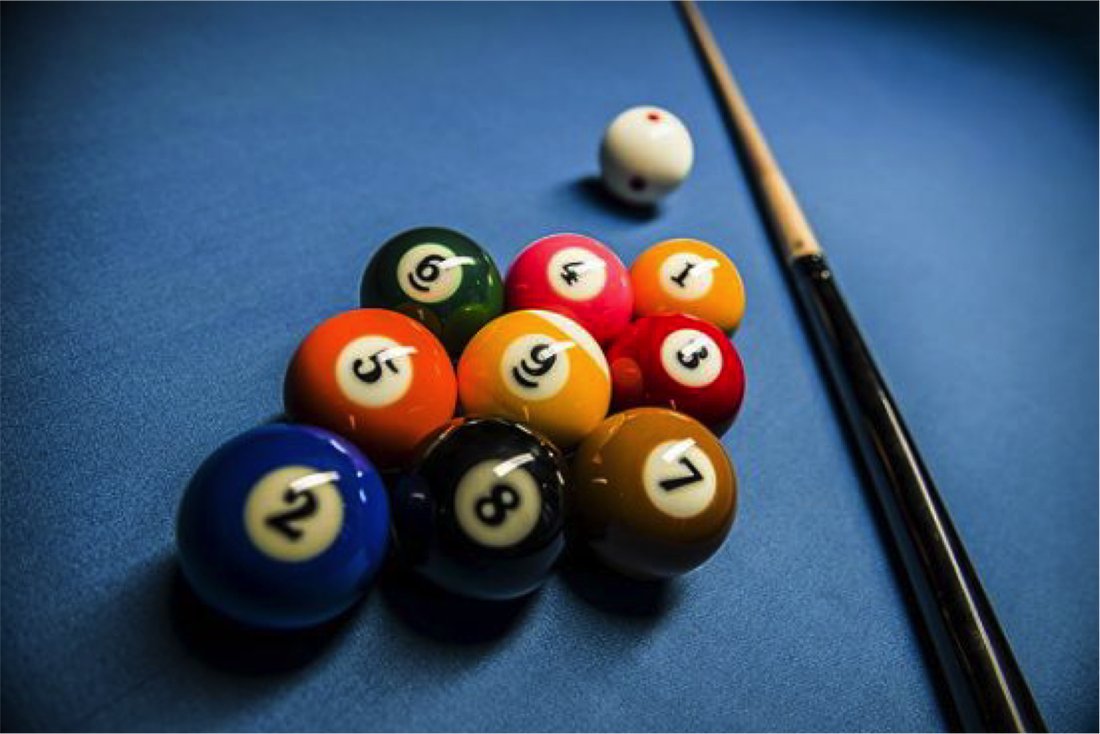The Physics of Billiards
Photo Credit: Michael Harris Photo Credit: Crowdera
Billiards, also known as pool, has been dated back the 16th century where at the time the game was played on the grass. The game finally reached its current form in the mid 1800s after multiple attempts to make it right.
Today, the game can be found almost anywhere and can be played multiple ways. The most popular Billiard's choices are 8-ball and 9-ball games which both have rule specific to them; most rules are determined by the one's playing the game.
Regardless of how the game is played, the objective is ultimately the same. Each player attempts to use their pool stick to hit the cue ball (white ball) in a direction that is either beneficial to them on their turn, or that will hit their ball in the socket. The outcome of where the balls go after they collide can all be determined by physics; the ball's linear momentum, collision and trajectory.
Today, the game can be found almost anywhere and can be played multiple ways. The most popular Billiard's choices are 8-ball and 9-ball games which both have rule specific to them; most rules are determined by the one's playing the game.
Regardless of how the game is played, the objective is ultimately the same. Each player attempts to use their pool stick to hit the cue ball (white ball) in a direction that is either beneficial to them on their turn, or that will hit their ball in the socket. The outcome of where the balls go after they collide can all be determined by physics; the ball's linear momentum, collision and trajectory.
Adam Guerra | University of Alaska Fairbanks | Physics 212 - Spring 2019 | Created: 10 April 2019

